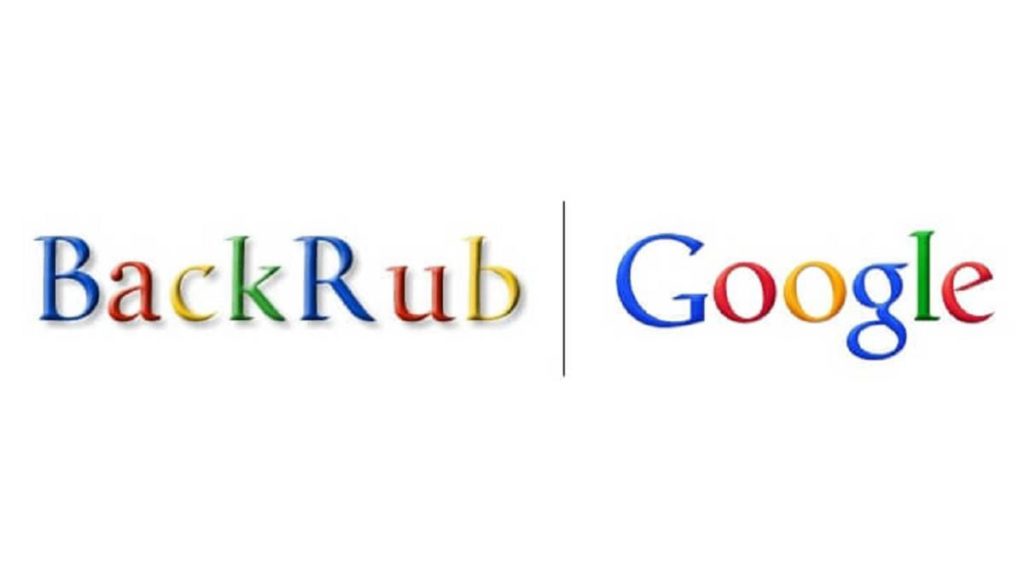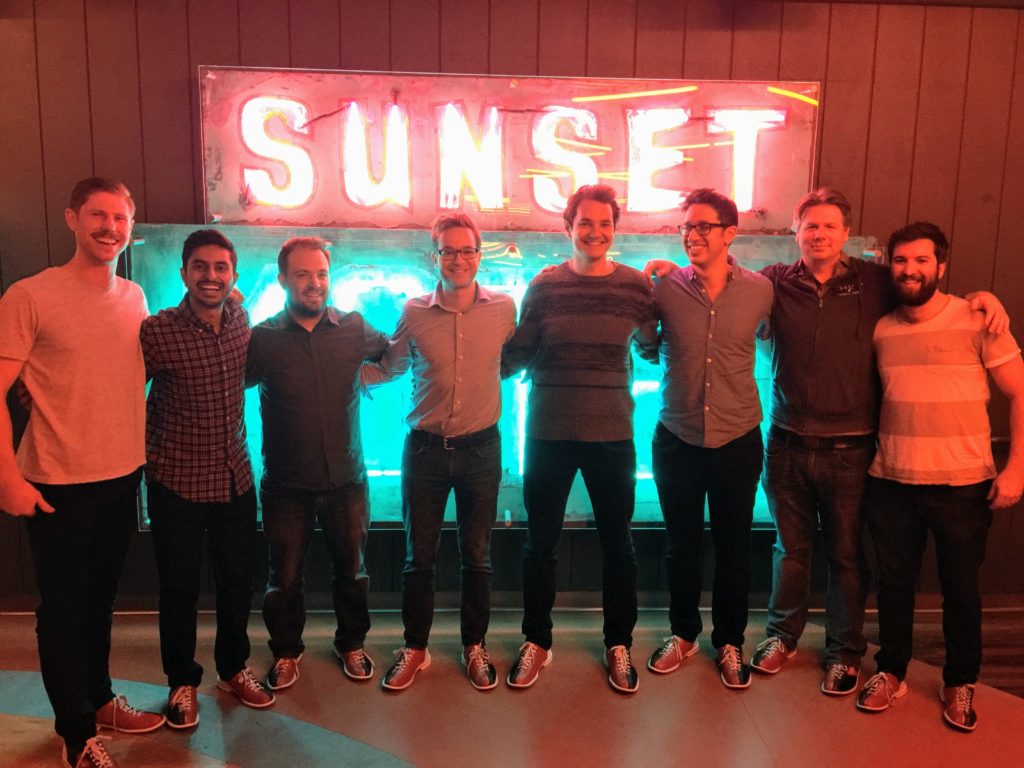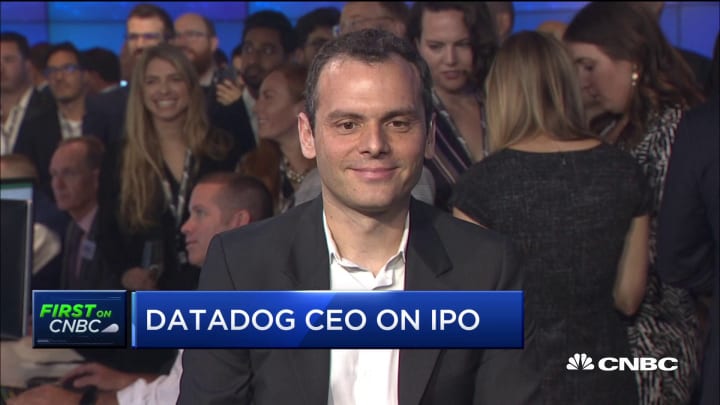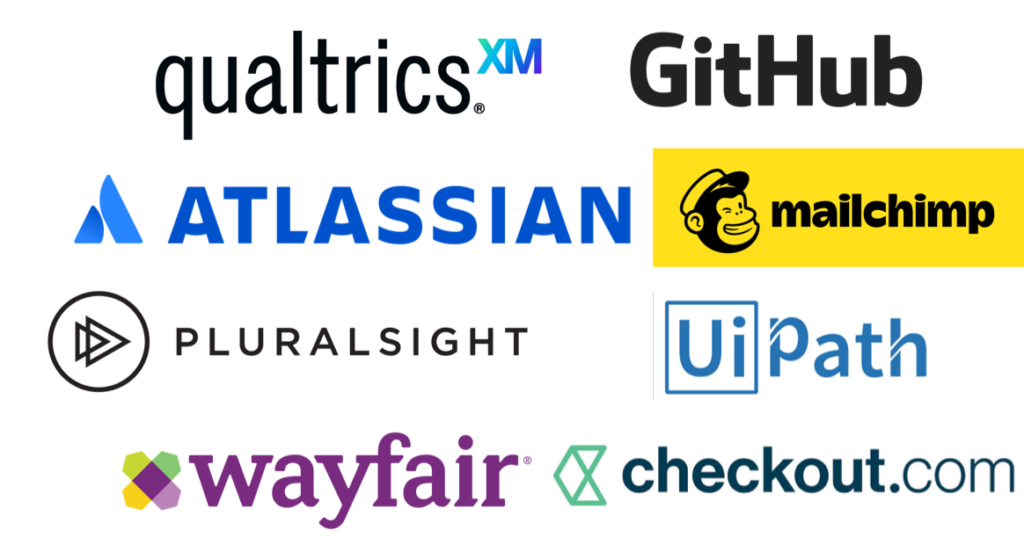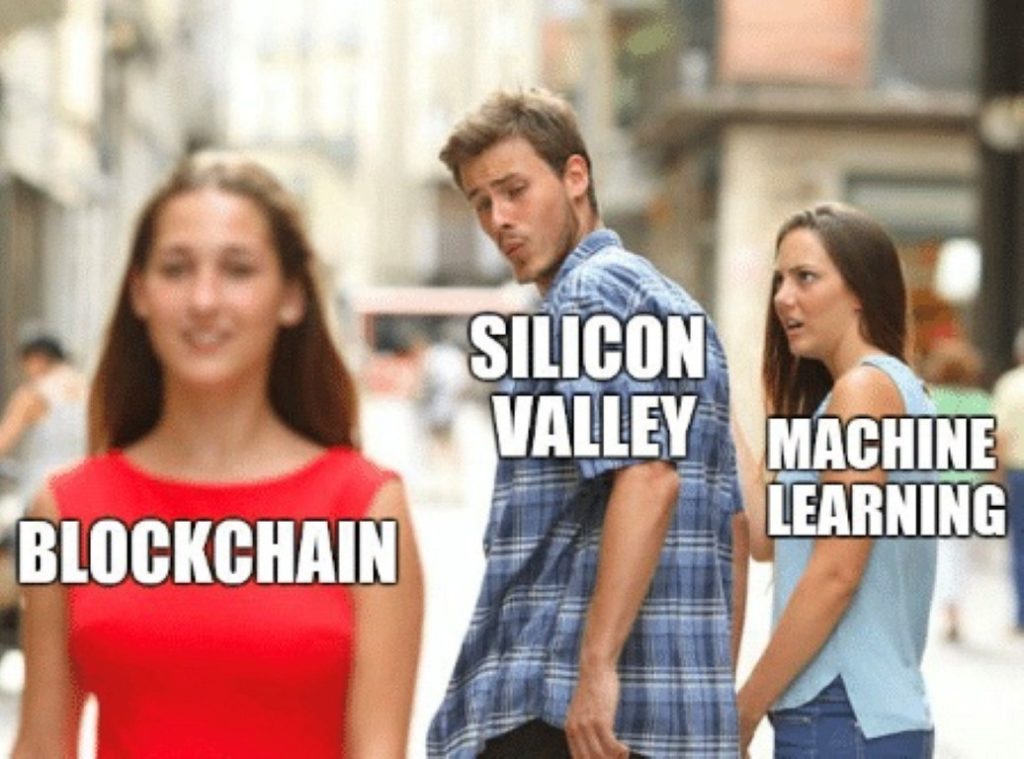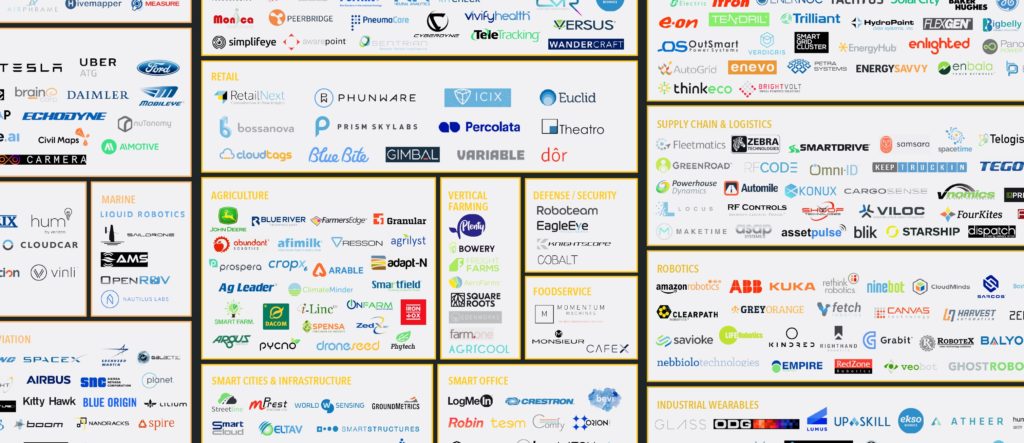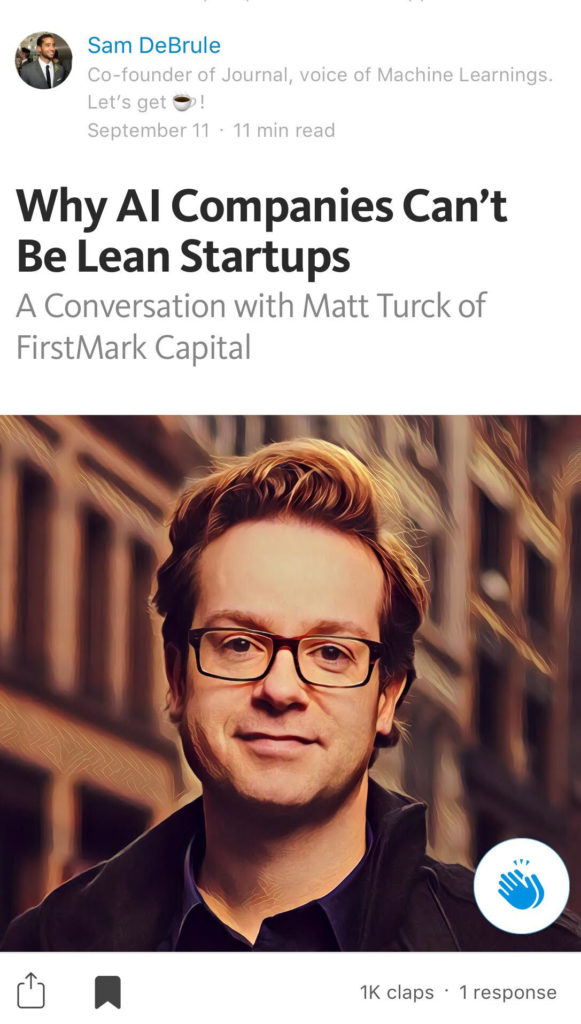
A few months ago, Foursquare achieved an impressive feat by predicting, ahead of official company results, that Chipotle’s Q1 2016 sales would be down nearly 30%. Because it captures geo-location data from both check-ins and visits through its apps, Foursquare was able to extrapolate foot-traffic stats that turned out to be very accurate predictors of financial performance.
That a social media company could be building a data asset of immense value to Wall Street is part of an accelerating trend known as “alternative data”. As just about everything in our lives is getting sensed and captured by technology, financial services firms have been turning their attention to startups, with the hope of mining their data to extract the type of gold nuggets that will enable them to beat the market.
Could working with Wall Street be a business model for you?
The opportunity is open to a wide range of startups. Many tech companies these days generate an interesting “data exhaust” as a by-product of their core activity. If your company offers a payment solution, you may have interesting data on what people buy. A mobile app may accumulate geo-location data on where people shop or how often they go to the movies. A connected health device may know who gets sick when and where. A commerce company may have data on trends and consumer preferences. A SaaS provider may know what corporations purchase, or how many employees they hire, in which region. And so on and so forth.
At the same time, this is a tricky topic, with a lot of misunderstandings. The hedge fund world is very different from the startup world, and a lot gets lost in translation. Rumors about hedge funds paying “millions” for data sets abound, which has created a distorted perception of the size of the financial opportunity. A fair number of startups I speak with do incorporate idea of selling data to Wall Street into their business plan and VC pitches, but how that would work exactly remains generally very fuzzy.
If you’re one of the many startups sitting on a growing data asset and trying to figure out whether you can make money selling it to Wall Street, this post is for you: a deep dive to provide context, clarify concepts and offer some practical tips.
Continue reading “The New Gold Rush? Wall Street Wants your Data”
